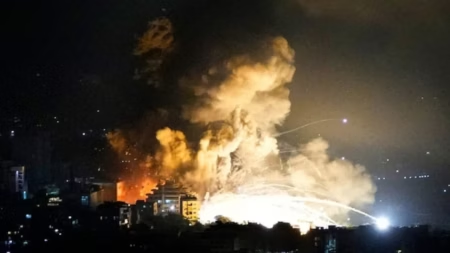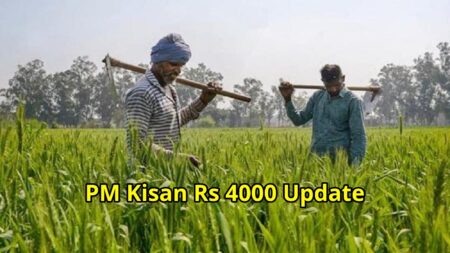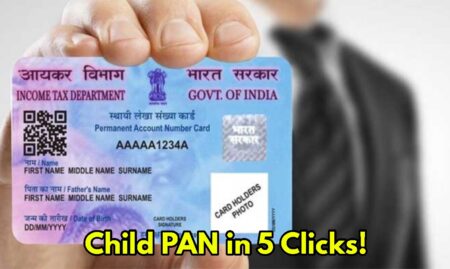A Historic Turnaround in India’s Census
In a historic first, the Indian government has declared that caste data will be included in the next national census—a first for free India. From March 1, 2027, the Caste Census 2027 will roll out in two parts and is likely to question India’s social and economic geography much more deeply, much more unequivocally.
And there’s even more—no paper questionnaire it will be. For the very first time, the census will be conducted completely online, through mobile apps and central portals, to collect and process information in record time and in a safer manner.
Census to Start Early in Four States
Owing to adverse terrain and weather conditions, the census process will begin a bit earlier in Jammu & Kashmir, Himachal Pradesh, Ladakh and Uttarakhand. In these four states, the exercise begins in October 2026, much in advance of the national roll-out, to enable hassle-free collection of data.
Formal Process Begins June 2025
As per the government officials, there will be a gazetted circular issued under the 1948 Census Act on June 16, 2025. This will be the formal beginning of preparations—appointments of staff, training courses and drafting formats of data.
The initial cycle of the census will conclude on February 1, 2027 and the second cycle by December 2027. The data captured up to midnight of March 1, 2027 will be counted as the official census.
What’s New in Census 2027?
This is not another counting. The upcoming census is going to be a game-changer in more than one way:
Caste-Based Information: All citizens will be required to provide their caste. This information will be used to create more-targeted welfare programs and provide current demographics. Bihar set an example by carrying out its own caste census ahead of time.
Electronic Tabulation: Enumerators will, for the very first time, use a mobile app and not pen and paper. This speeds up the process, makes it more accurate, and easier to administer.
Centralized Portal: There will be a special portal that keeps a check on data in real time, raises transparency, and accelerates analysis.
Faster Results: Thanks to technological upgradation, the results can arrive much sooner than earlier censuses.
A Long-Awaited Milestone
India had its last census in 2011. The 2021 census was delayed because of the pandemic. Now, after 16 years, more than 33 lakh personnel will be employed to perform this massive task.
This isn’t a survey. This is a reboot. The Caste Census 2027 is not about numbers, it’s a reflection of our society and perhaps, the beginning of an inclusive tomorrow.



